12 Eco-Friendly Mulching Ideas Perfect for Fall
Fall is the perfect time to give your garden some extra care before the colder months arrive. Mulching helps protect plants and adds nutrients to the soil. With so many eco-friendly options, you can easily support your garden while being kind to the environment. From leaves to compost, there are plenty of materials that can make a big difference.
This post may contain affiliate links, which helps keep this content free. Please read our disclosure for more info.
Using Fallen Leaves for Garden Protection in Autumn
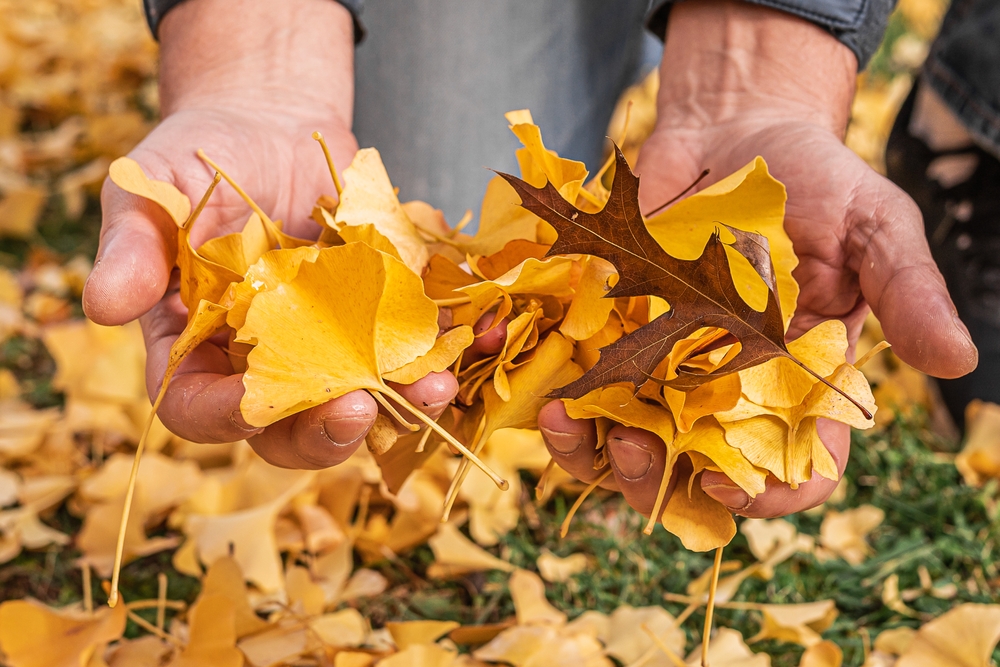
Leaves are a great natural resource for your garden, as they are abundant and free. Simply rake up fallen leaves and spread them evenly over your garden beds to provide a layer of insulation for your plants. This type of coverage helps retain moisture, suppress weeds, and improve soil structure as it decomposes. Leaves break down into rich organic matter, enriching the soil with nutrients. To get the most out of your leaves, chop them into smaller pieces before spreading them to prevent matting and encourage faster decomposition.
What you need for this method includes a rake to gather the leaves, a lawnmower or leaf shredder to chop them into smaller pieces, and a spreader or just your hands to distribute them evenly across the garden. Leaves from trees like maple, oak, or birch work well, but be mindful of using leaves from walnut trees, as they contain substances that can inhibit plant growth. This layer is especially effective for protecting plants from the cold, helping to regulate soil temperature during chilly nights. By using fallen leaves, you recycle them back into the garden and reduce yard waste. This method is cost-free and eco-friendly, making it an excellent choice for any garden.
Grass Clippings as a Natural Solution for Plant Health
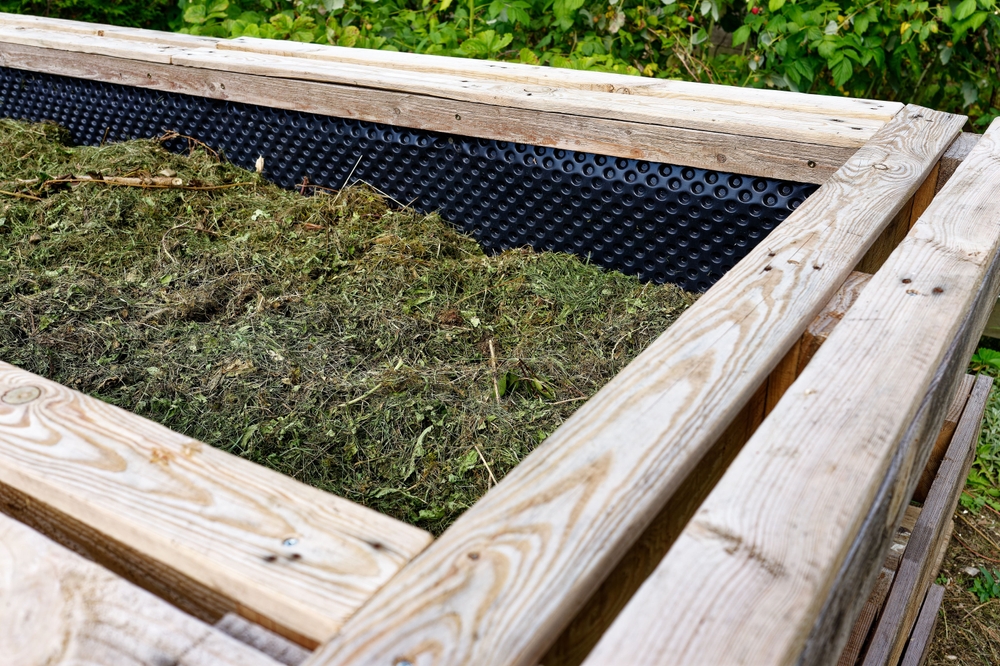
Grass clippings are another excellent, eco-friendly option that is readily available. They are rich in nitrogen and decompose quickly, adding nutrients to your soil while acting as a barrier against weeds. Simply mow your lawn and leave the clippings on the ground, or collect them and apply them as a protective layer in garden beds. Grass clippings help to retain soil moisture and regulate temperature, which benefits plants as they prepare for colder weather. Over time, the clippings break down, enriching the soil and supporting healthy plant growth.
For this method, you will need a lawnmower to cut the grass and a rake to collect the clippings if you choose to gather them. Be sure to apply a thin layer to avoid creating a thick, soggy mat that can suffocate plant roots. Grass clippings are particularly beneficial when used around vegetables, flowers, or shrubs that need extra nourishment. This technique is simple, effective, and perfect for those looking to recycle yard waste. Additionally, it reduces the need for synthetic fertilizers, making it a more sustainable option.
Straw and Hay for Insulating Your Plants
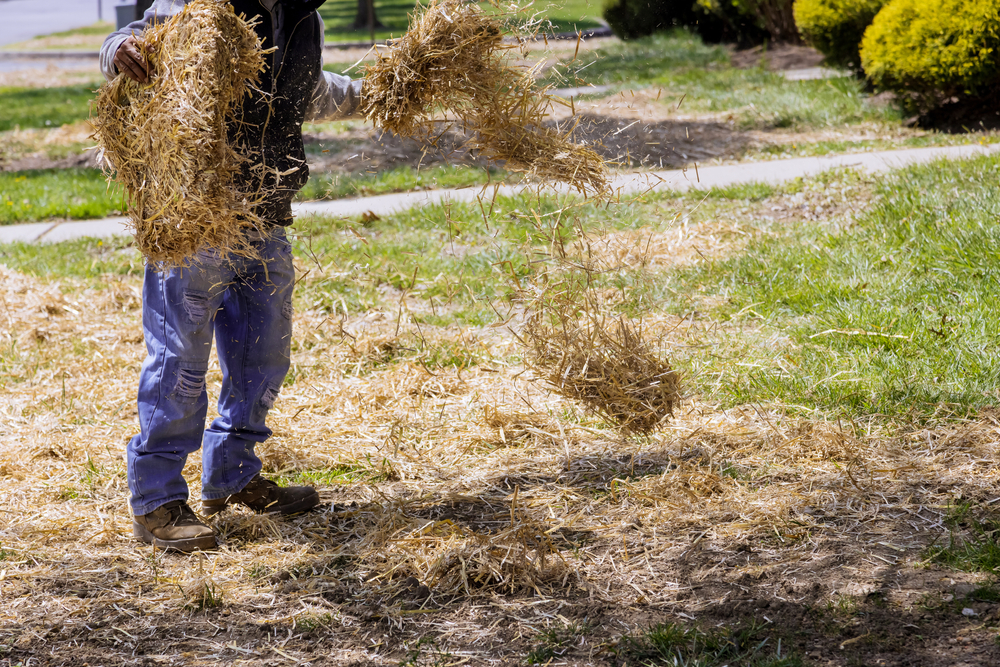
Straw or hay is a versatile and eco-friendly choice that provides excellent insulation for plants during the cooler months. Both materials are lightweight, easy to spread, and decompose slowly, creating a protective layer that helps retain moisture. Straw, which is typically free of weed seeds, works especially well in vegetable gardens, while hay is a bit more likely to contain seeds but still offers great coverage. This layer helps keep the soil warm and prevents frost from damaging plant roots. It is also great for protecting plants during unexpected early frosts.
To use this method, you will need either straw or hay, a rake or pitchfork to spread the material evenly, and perhaps some twine to keep the layer in place. Straw works best for vegetable beds, while hay is ideal for flower gardens or around shrubs. When applied properly, straw or hay helps prevent weed growth and keeps the soil from becoming compacted. Both materials are biodegradable, adding nutrients to the soil as they break down. Straw or hay is a great option for gardeners who want a simple, effective way to care for their plants through the colder months.
Wood Chips for Durable Soil Coverage
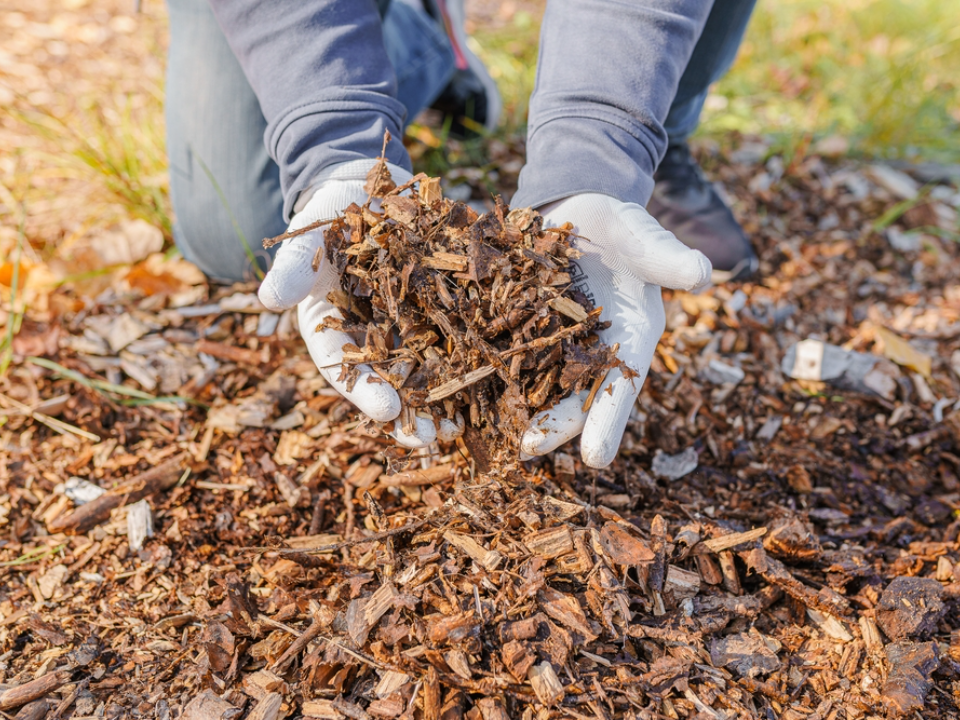
Wood chips provide a durable and long-lasting solution for your plants, making them a great option. These chips help with moisture retention, reduce weed growth, and add a finished, neat appearance to garden beds. As they decompose, wood chips release beneficial nutrients that enrich the soil, particularly for plants like trees and shrubs. They are also an excellent choice for pathways and walking areas, creating a tidy, functional space that supports plant health. Wood chips act as an insulating layer, keeping the soil temperature stable during the cooler nights.
To use wood chips, you will need a wheelbarrow or spreader to distribute the material evenly. Wood chips from hardwood trees like oak or maple work best, as they are slower to decompose than those from softwoods. When applying, be sure to spread them in a 2- to 3-inch layer to allow moisture to reach the soil. Wood chips help to protect plant roots from frost, making them especially valuable. As they break down, they add organic matter to the soil, improving its structure and fertility.
Compost for Organic Soil Enrichment
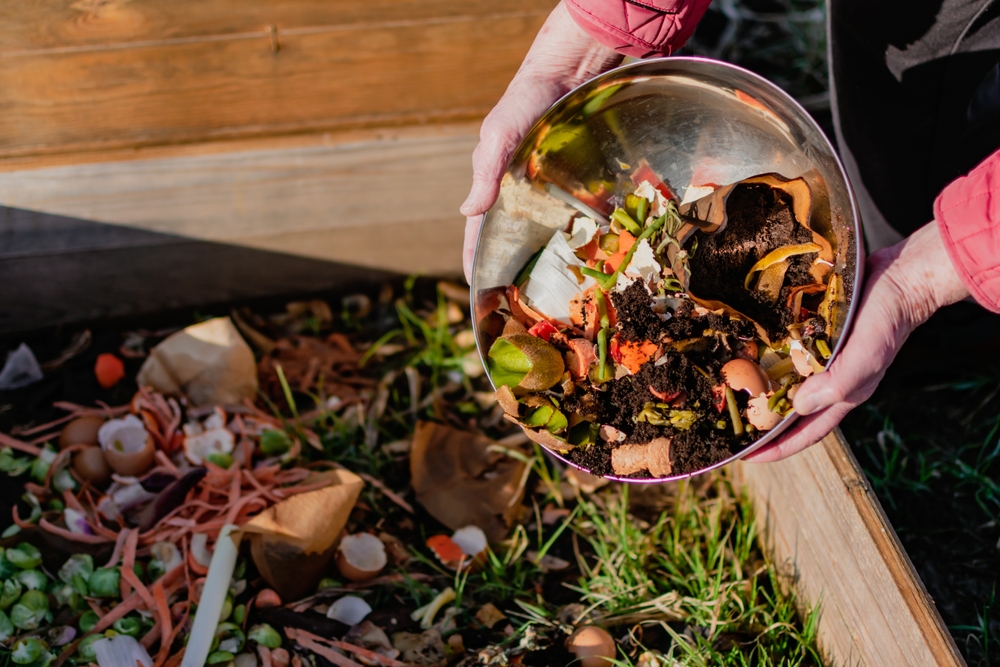
Compost is a nutrient-rich solution that provides plants with valuable organic material, making it an excellent choice. It helps retain moisture in the soil, improves soil structure, and provides essential nutrients as it decomposes. Compost is especially beneficial for vegetable and flower gardens, as it feeds plants while protecting them from extreme weather conditions. It is also a great way to recycle kitchen scraps and yard waste, making it an eco-friendly option. By using compost, you can improve soil health and create a more sustainable gardening practice.
For this method, you will need well-decomposed compost, a shovel or garden fork, and possibly a wheelbarrow for easy transport. Apply a 2- to 3-inch layer to garden beds, ensuring it is evenly spread. Compost can be mixed with other organic materials like leaves or grass clippings for added benefits. This technique helps plants prepare for the colder months ahead by adding nutrients that promote strong growth. By using compost, you are improving the overall health of your garden while reducing waste at the same time.
Pine Needles for Acid-Loving Plants
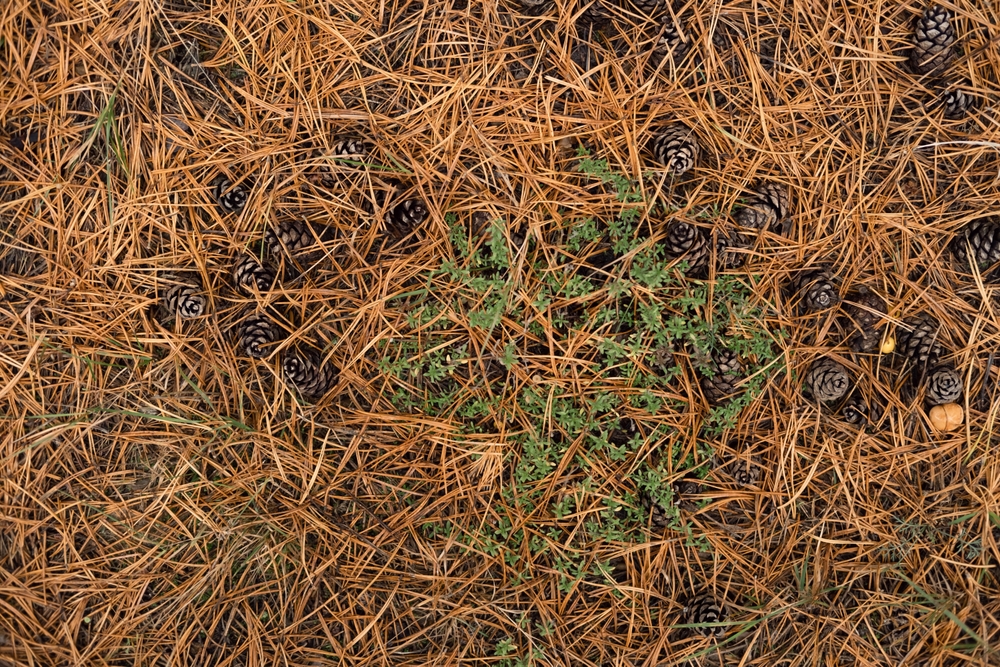
Pine needles are a great solution for acid-loving plants, such as blueberries and azaleas, which thrive in slightly acidic soil. They create a light, airy layer that helps retain moisture and prevents weed growth. As pine needles decompose, they slowly release acid into the soil, benefiting plants that prefer a more acidic environment. They also provide excellent protection against cold weather, ensuring your plants’ roots stay warm and protected. This type of coverage is easy to spread and looks neat in the garden, adding a natural touch.
To use pine needles, you will need a rake to gather them and a spreader to apply them evenly to your garden beds. Pine needles are light and may need to be replenished each year, but they are a great choice for gardens with specific plant needs. This material works best in beds with acid-loving plants but can also be used around trees and shrubs for additional protection. Pine needles are a sustainable, eco-friendly solution for gardeners looking to improve soil conditions while protecting plants. They are particularly useful for gardeners with access to pine trees or forests.
Cardboard and Newspaper for Weed Control
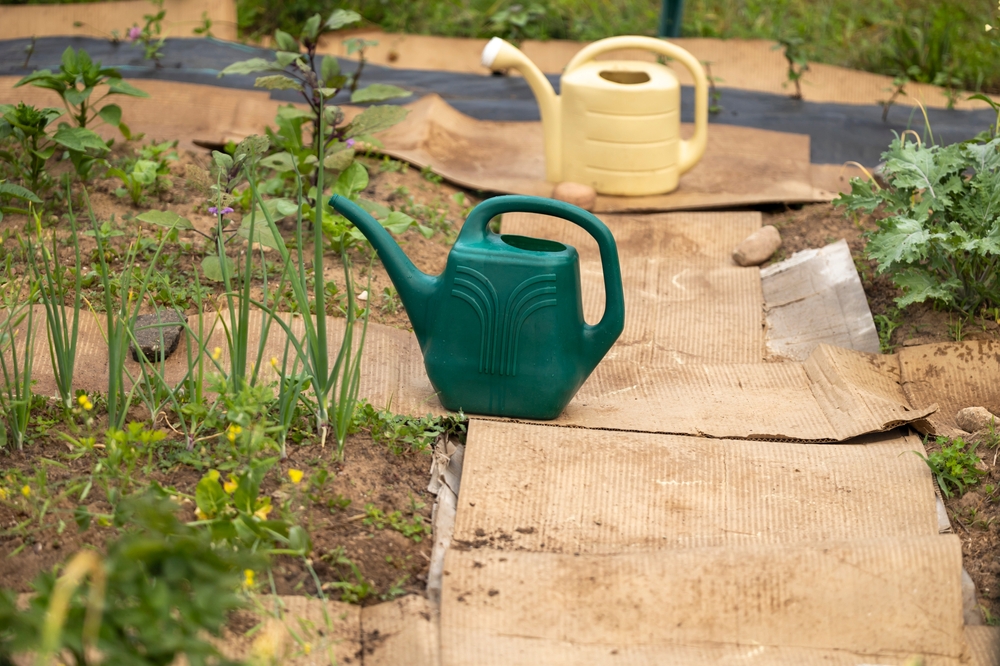
Cardboard and newspaper provide a cost-effective solution for your garden. They work by blocking sunlight, which prevents weeds from sprouting while also helping to retain moisture in the soil. As they decompose, cardboard and newspaper add organic matter to the soil, enriching it over time. This method is ideal for creating a weed-free garden bed or protecting new plantings. Using recycled materials like cardboard and newspaper reduces waste, making it an environmentally responsible choice.
For this method, you will need cardboard boxes or newspapers, scissors to cut the cardboard into manageable pieces, and some additional coverage, like straw or leaves, to cover the paper. Lay down several layers of cardboard or newspaper, ensuring that they overlap to prevent light from reaching the soil. Once the material is in place, add a layer of mulch on top to weigh it down and keep it from blowing away. This solution is great for garden beds that need extra weed protection and moisture retention. It is simple to apply, cost-effective, and a great way to recycle materials in your garden.
Coconut Husk for Moisture Retention
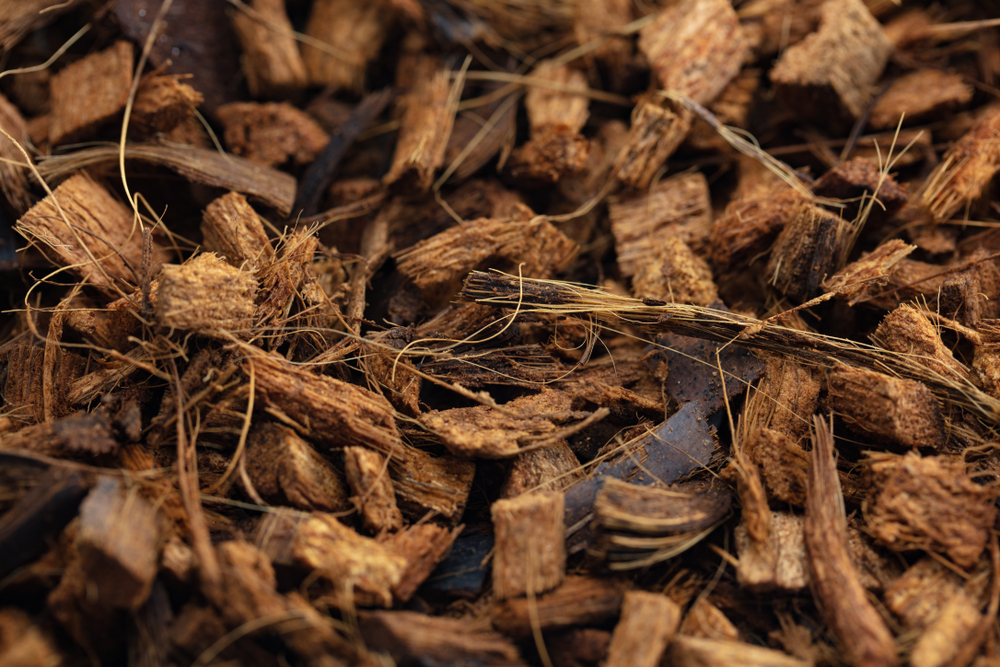
Coconut husk, or coir, is a sustainable material derived from the outer shell of coconuts. It offers excellent moisture retention properties and serves as an alternative to peat moss. Coir is lightweight, easy to spread, and helps create a tidy, natural appearance in garden beds. This material works well for plants that need consistent moisture, such as vegetables, herbs, and flowers. It also breaks down slowly, providing long-lasting coverage and protection throughout the colder months.
To use coconut husk, you will need coir bricks or loose coir, a rake, and possibly a watering can to dampen the material before spreading it. This material is great for retaining moisture and controlling weeds while supporting plant health. Coir is also biodegradable, making it a sustainable solution that will not harm the environment. When applied to garden beds, it helps maintain soil temperature, ensuring your plants stay warm and protected during cold spells. Coir is a great addition to your gardening routine.
Bean Straw for Organic Soil Coverage
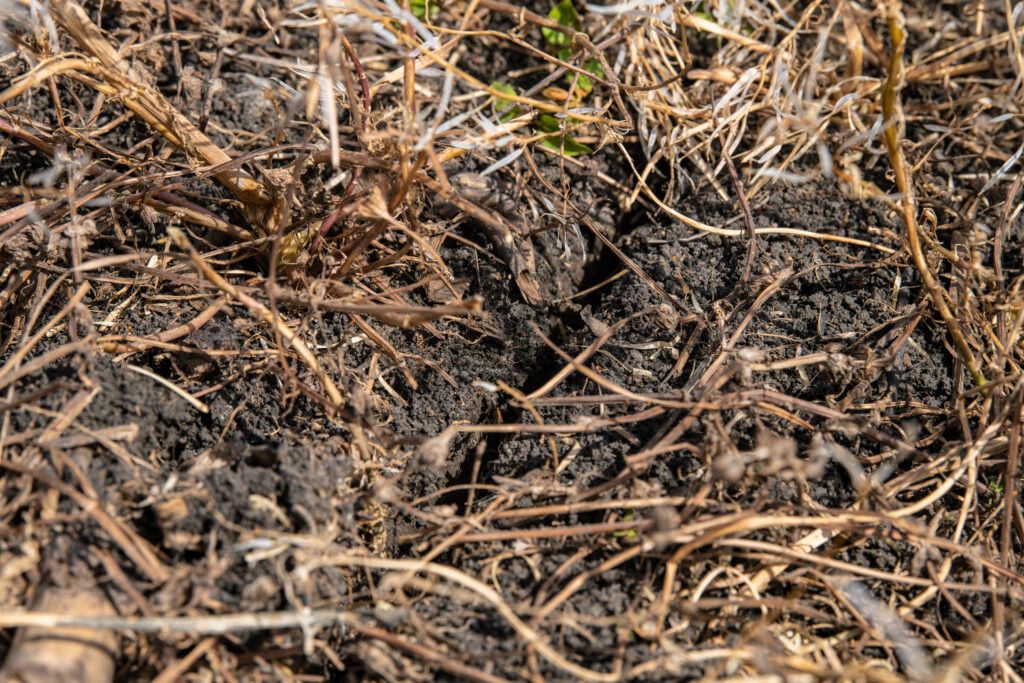
Bean straw is an underutilized but effective option. This straw is the leftover material from bean crops and is an excellent choice for enriching soil while protecting plants. Bean straw is rich in nitrogen, which helps promote plant growth and improve soil fertility. It also provides a good balance of moisture retention and aeration, preventing the soil from becoming too compacted. The fine texture of bean straw makes it ideal for creating an even, protective layer in garden beds.
For this solution, you will need bean straw, a rake to distribute it evenly, and perhaps a shredder to break it down further. Bean straw is lightweight, easy to handle, and decomposes slowly, adding organic matter to your garden over time. This option works best for vegetable gardens and flower beds, where healthy soil is essential for plant growth. By using bean straw, you recycle agricultural by-products and create a more sustainable garden. It is an affordable and effective choice for your garden care.
Cocoa Shells for a Fragrant Garden Finish
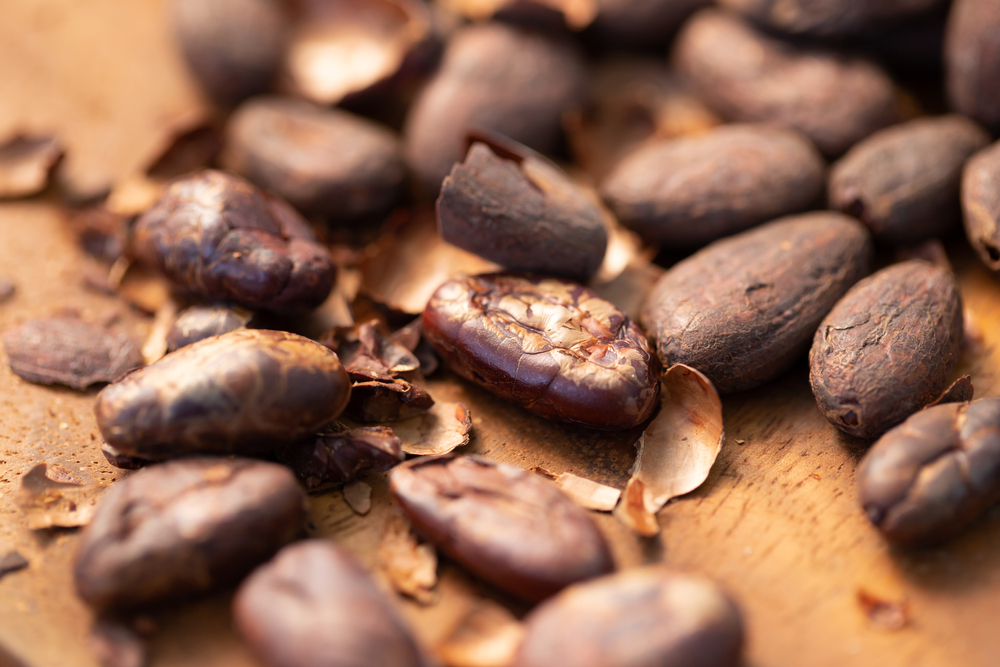
Cocoa shells, a byproduct of the cocoa industry, make an attractive and fragrant solution for your garden. These shells are rich in antioxidants and organic material, which contribute to the overall health of your soil. They provide excellent moisture retention and prevent weed growth, helping to keep your garden in top condition during the season. Cocoa shells are also a natural pest repellent, helping to keep unwanted insects at bay. Their dark color makes them a visually appealing addition to your garden beds, complementing a variety of plants.
For this solution, you will need cocoa shells, a rake, and possibly gloves to handle the material. Cocoa shells are lightweight and easy to spread, making them a convenient option. This material works best in flower beds, around shrubs, and in vegetable gardens where moisture control and nutrient enrichment are needed. Cocoa shells can also improve soil structure as they break down, offering long-term benefits to your garden. Keep in mind that cocoa shells can be toxic to dogs, so they should be avoided in areas frequented by pets.
Combining Leaves and Grass Clippings for a Nutrient-Rich Layer
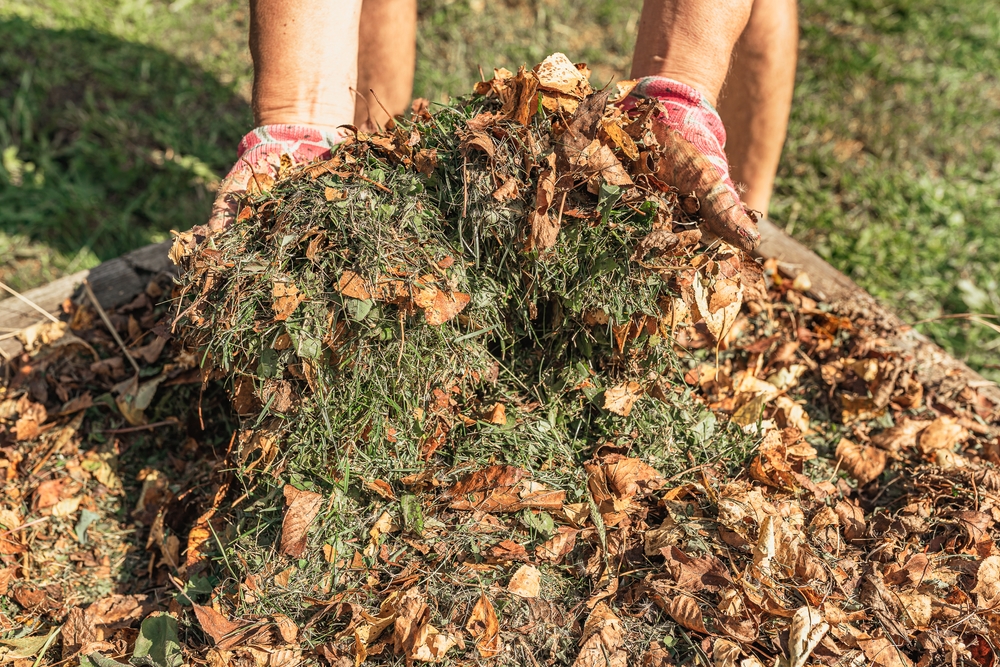
A combination of leaves and grass clippings provides a nutrient-rich solution. The grass adds nitrogen to the soil, while the leaves offer carbon, creating a balanced mix of nutrients. This solution helps retain moisture, reduces weed growth, and adds organic matter to your garden. By mixing the two materials, you create a layer that decomposes quickly, providing your plants with a steady supply of nutrients. This method is especially beneficial for vegetable gardens or areas with heavy plant growth.
To create this layer, you will need fresh grass clippings and dry, shredded leaves. Mix them together thoroughly and spread the mixture evenly across your garden beds. Be sure to apply a 2- to 3-inch layer to ensure adequate coverage. This combination helps keep soil temperatures consistent, which is essential for plant health. The leaves and grass mix is an easy, effective way to use garden waste and support your plants.
Coffee Grounds and Leaves for a Balanced Soil Layer
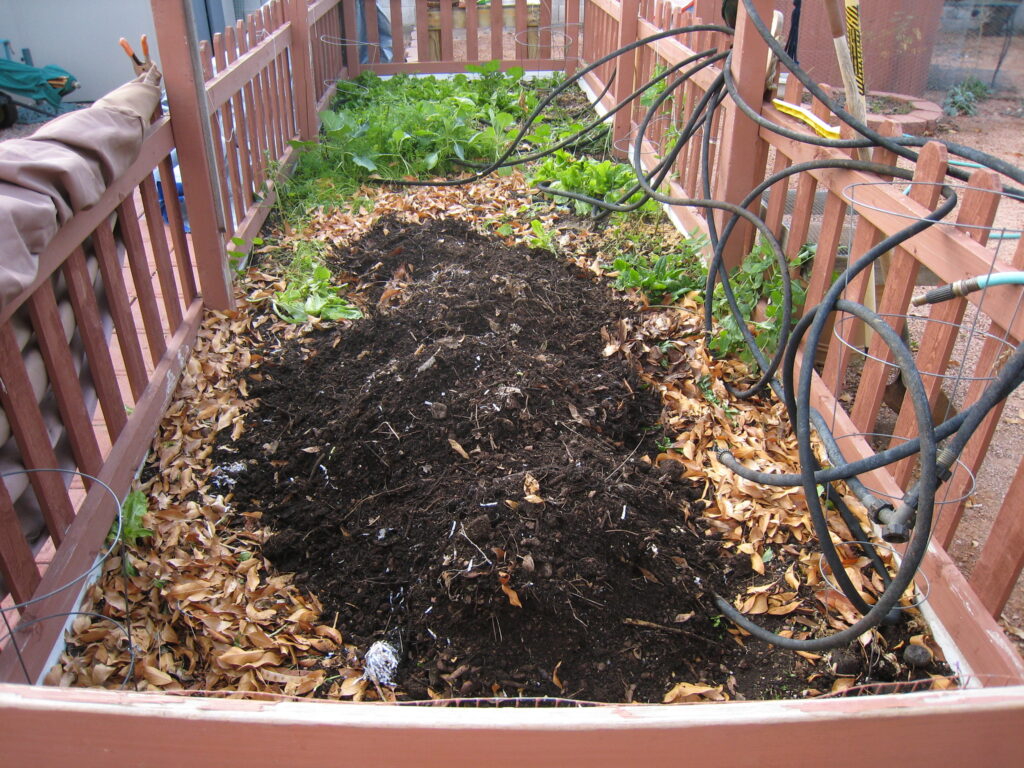
A combination of autumn leaves and coffee grounds makes an excellent solution. The leaves provide carbon, while the coffee grounds add nitrogen to the soil, creating a balanced environment for plant growth. Coffee grounds also help keep pests at bay, particularly slugs and snails. This solution is ideal for use in flower beds, vegetable gardens, or around shrubs. The combination is also rich in antioxidants, which can improve the health of your garden soil over time.
For this method, you will need autumn leaves and used coffee grounds, which can be easily gathered from your home or local coffee shop. Spread a thin layer of leaves across the soil and add coffee grounds on top. Coffee grounds can be a bit acidic, so use them sparingly around acid-loving plants like blueberries. This solution helps retain moisture while adding organic matter to the soil, improving its fertility. As it breaks down, it provides your garden with all the nutrients it needs to thrive.
Choosing eco-friendly mulching options helps you create a healthier garden while reducing your environmental footprint. Natural materials like pine needles, bean straw, and coconut husk offer excellent protection and nourishment for your plants. These simple, sustainable solutions contribute to long-term soil health and moisture retention.
This article originally appeared on Avocadu.
